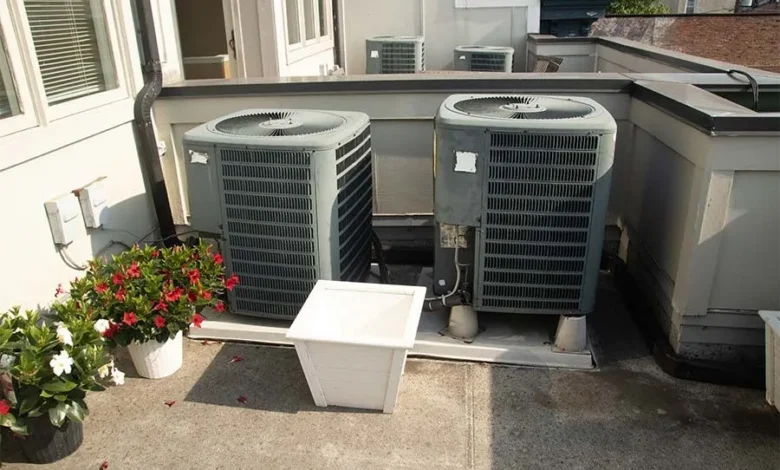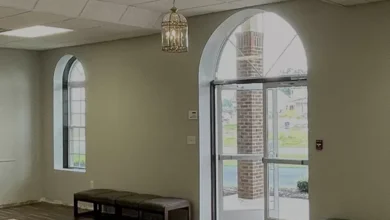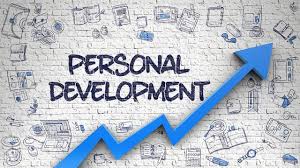How AC Systems Age: A Year-by-Year Look at Cooling Efficiency

Introduction
Air conditioners, like any mechanical system, have a lifespan. They don’t fail overnight—but their performance, efficiency, and reliability can decline gradually in ways that may go unnoticed until your home is too warm and your utility bill too high.
Knowing how AC systems age helps homeowners make smarter decisions about maintenance, upgrades, and energy use. It also helps you recognize when AC repair is no longer enough—and when replacement might actually save you more in the long run.
Here’s a breakdown of what to expect from your air conditioner as it progresses through the years.
Years 1–3: Fresh Out of the Box
If your AC system was installed correctly, the first few years should be smooth sailing. At this stage, your system is operating at peak efficiency.
What to expect:
- Fast cooling cycles
- Stable temperature regulation
- Lower energy bills
- Minimal noise
- Little or no repairs needed
During this period, you’re mostly responsible for changing filters regularly and scheduling seasonal tune-ups. A qualified HVAC contractor will ensure your refrigerant levels, electrical connections, and drainage are in perfect shape.
Even though problems are rare during this phase, early maintenance lays the groundwork for long-term system health.
Years 4–7: Normal Wear and Tear Begins
Around year four, usage patterns, seasonal stress, and environmental factors start to leave their mark.
Common developments include:
- Slightly longer cooling times
- Minor refrigerant adjustments
- Intermittent thermostat recalibrations
- Light fan belt wear
At this stage, AC repair might be required once or twice, usually for issues like clogged drain lines, failing capacitors, or dirty coils. None of these are signs of failure—just indicators that your system is working hard.
This is also when ductwork issues, insulation problems, or airflow imbalances might begin to show themselves. You may even call in a plumber if condensation drains are backing up and affecting other areas of the home.
Regular inspections during these years are critical for catching inefficiencies before they grow into major breakdowns.
Years 8–10: Efficiency Drop-Off
By the time your system is nearing a decade old, the drop in energy efficiency becomes more noticeable.
Key signs:
- The AC runs longer to reach the same temperature
- Indoor humidity starts to increase during summer months
- Utility bills slowly climb despite similar usage
- Small parts need more frequent replacement
The coils and compressor may begin to degrade. At this point, the system still works—but it’s no longer operating like new. Most manufacturers list 10 years as the baseline lifespan for a traditional system.
If you’re noticing uneven cooling, constant cycling, or loud noises, your HVAC contractor may suggest weighing the cost of continued repairs against the price of a new unit.
Years 11–13: Reliability Becomes Unpredictable
This is the stage where age-related decline becomes more obvious and inconvenient. Even if your unit has been well maintained, years of wear start catching up.
Typical issues include:
- Reduced airflow
- Regular refrigerant leaks
- Electrical relay failures
- Blower motor inefficiency
- Inconsistent cooling performance
In some cases, the unit may still cool adequately—but only at the cost of spiking energy use. Frequent AC repair is now common, and the cost of service can quickly add up.
It’s also worth noting that older systems may use refrigerants that are no longer supported, which can make repairs more expensive or even unfeasible.
If your system is in this age range, it’s a smart time to get a full evaluation and discuss upgrade options before the peak of summer hits.
Years 14–15+: End of Life
Beyond 15 years, most AC systems are living on borrowed time. It’s not that they can’t work—it’s that their performance is unreliable, their repairs are frequent, and their efficiency is far below current standards.
By now, you may experience:
- Sudden system failure
- Burned-out compressors
- Thermostat miscommunication
- Major refrigerant issues
- Overall system fatigue
Aging systems often affect other areas of the home as well. For instance, faulty AC drainage or condensation can impact floors, insulation, or basement systems—requiring help from a plumber in addition to your HVAC technician.
At this point, even the best furnace repair or AC fix may only buy you a season or two of use. Replacement becomes not only practical—but often the most cost-effective decision long-term.
What Aging Means for Energy Efficiency
Over time, air conditioners lose Seasonal Energy Efficiency Ratio (SEER) performance. An old unit might have started with a SEER of 13–14, but now performs closer to 8–9 due to dust buildup, part degradation, and airflow restrictions.
Compare that to modern units with SEER ratings of 16–20+ and it becomes clear: your aging system is working harder and costing more for less comfort.
A modern system can cut energy usage significantly—especially when paired with updated insulation, programmable thermostats, and duct sealing. Replacing an aging system with high-efficiency equipment often pays for itself in just a few years through reduced energy bills.
When to Talk to a Professional
If your system is older than 10 years and you’re scheduling multiple service calls each year, it’s time to get a full assessment. A trusted HVAC contractor in Anderson can perform load calculations, duct inspections, and energy audits to help you determine whether repair or replacement is the smarter option.
Companies like Nardco Heating & Air Conditioning offer system evaluations that consider not just the immediate symptoms, but how your unit performs in context—season to season, room to room, and dollar to dollar.
Final Thoughts
Air conditioners don’t fail all at once—they decline gradually, sending signals along the way. If your system is cooling less efficiently, running more often, or needing repeated repairs, it’s likely nearing the end of its lifecycle.
Understanding what to expect at each stage of an AC system’s life helps you plan ahead—budgeting wisely, maintaining proactively, and upgrading before discomfort strikes.
Your cooling system is one of your home’s biggest investments. Treating it with awareness and attention ensures you stay comfortable, efficient, and in control—no matter how hot the forecast.




